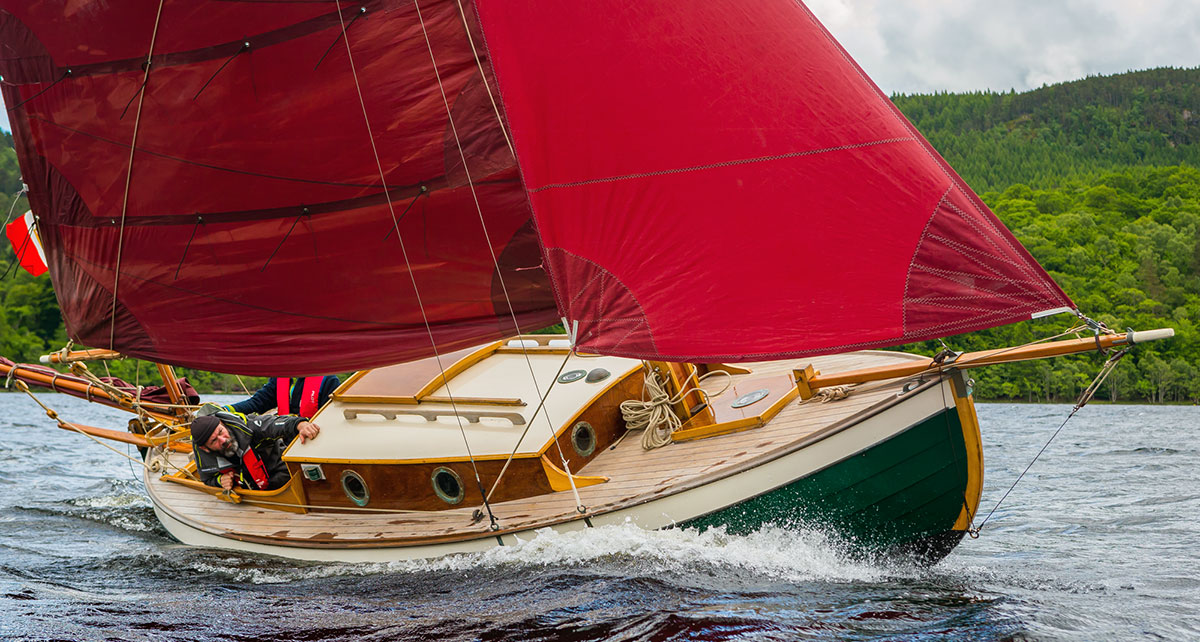Using CAD software is a wonderful way to design and help visualize a boat, but I think it would be pretty foolish to build a full size boat from such plans when they have been created by someone who has no qualifications. Building a model first at say 1:12 scale has a number of advantages:
- It will be fairly inexpensive to make
- It will allow me to ensure the panel layouts and offsets for bulkheads that the design software creates actually work with real materials.
- It should be obvious if I cannot put enough bend in areas that the program has flagged as having perhaps too much 3D twist to work with 2D plywood for example.
- It will also allow me to put the model in water (if I fiberglass the outside and add some extra ballast) to see if it balances correctly. I could potentially even tank test it.
- The model will serve to verify and possibly tweak the layout using scaled down human manikins.
- I will be able to adjust seat and bunk heights and figure out any panel shapes that I did not use the CAD program for.
Perhaps most importantly, making a model will force me to walk through all the building steps and decide on thicknesses for all materials as well as to think through the construction order and techniques. I will create a construction sequence doc and design/engineering diagrams for each step.
The first step in the sequence is to build the strongback upon which the boat will be built.
The model materials will consist of basswood panels in place of plywood in the full size model. For solid wood lumber I will use leftover scraps from previous projects. I have some douglas fir but it will mostly be spruce and pine. In the final boat I plan to use fir almost exclusively because it is much denser and harder than spruce or pine. I will likely make the centerboard out of red cedar because this gets glassed and can be lighter wood.
The next steps will be to build the bottom panel and its keel plank and skeg. I plan to do this upside down (convex shape) over a series of molds fastened to the strongback and to glass the and paint it so that I do not have to turn over the completed boat later to accomplish this. When the bottom is complete, I will remove it from the strongback and re-adjust the strongback supports to hold it the rightway up (concave shape). I will then cast the lead keel and move that onto the strongback before replacing the bottom over it and bolting them together. I will of course in 'real life' have to make sure that the strongback is strong enough to hold 1000 lbs of lead as well as the weight of the boat!


























